Discover 11 hidden attractions, cool sights, and unusual things to do in Międzyzdroje (Poland). Don't miss out on these must-see attractions: Międzyzdroje Pier, Amphitheater, and Bunkier V3 - Muzeum. Also, be sure to include Wzgórze Gosań in your itinerary.
Below, you can find the list of the most amazing places you should visit in Międzyzdroje (Western Pomeranian).
Table of Contents
Międzyzdroje Pier
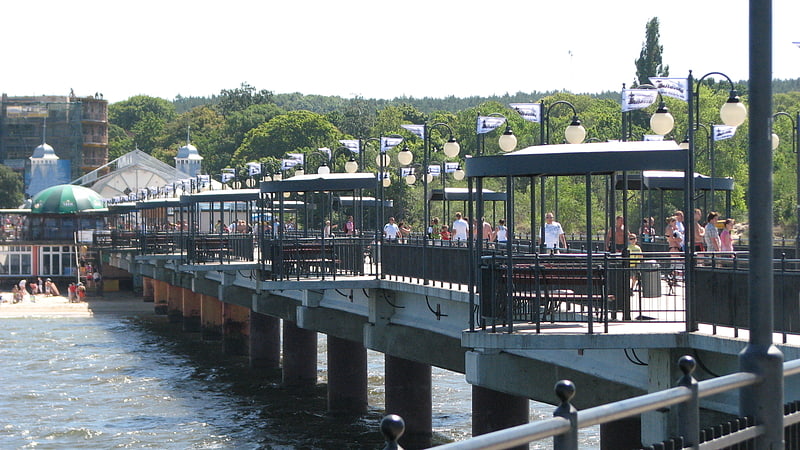
Also known as: Molo w Międzyzdrojach
Tourist attraction in Poland. Międzyzdroje Pier is a pier 395 metres long, stretching out into the Baltic Sea from the beach in Międzyzdroje, West Pomeranian Voivodeship, Poland. The pier also functions as a harbour.[1]
Amphitheater
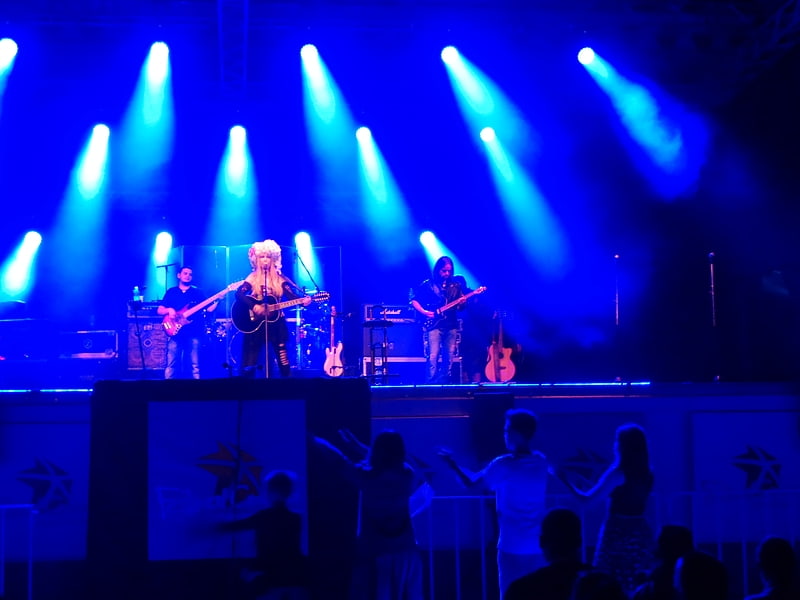
Concerts and shows, Theater
Address: Ul.Bohaterów Warszawy, Międzyzdroje
Bunkier V3 - Muzeum

Specialty museum, Museum
Wzgórze Gosań
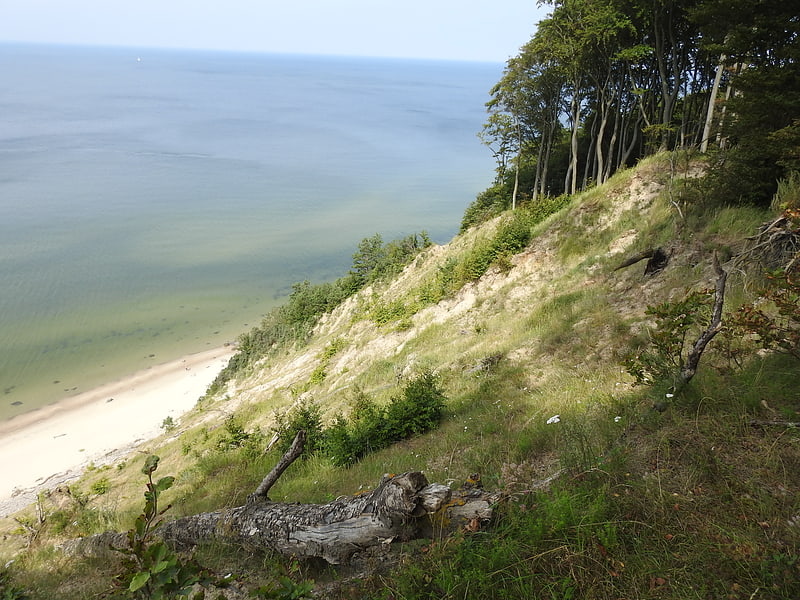
View point
Kościół Świętego Piotra
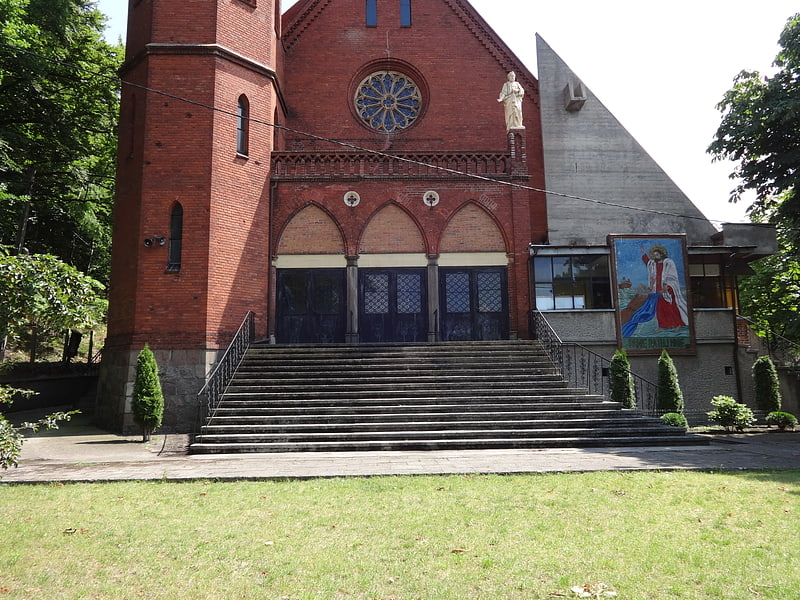
St. Peter the Apostle Church in Międzyzdroje is a Roman Catholic parish church in the town of Międzyzdroje. It is located in Lipowa Street. It belongs to the deanery of Swinoujscie.
The temple is located on the northern slope of Piast Hills. It is a neo-Gothic building, built in the years 1860-62, designed jointly by the well-known architect and official, F. A. Stüler and the Prussian king Friedrich Wilhelm IV. The king was also the main founder of the temple, he covered 2/3 of the construction costs.
The church is built on a quadrilateral plan, the chancel is closed on three sides, separated, lower and narrower than the nave. Tower in northwestern corner, three stories high, on octagonal plan, topped with octagonal cupola. The eastern gable is profiled with pinnacles, and the western gable additionally has a round rosette with stained glass. At the tower and on the western gable, there is an empora supported on arcades. In the corner of the empora, there is a ceramic statue of the parish patron, St. Peter the Apostle.
Inside, a raised wooden ceiling, beamed, open. On the western choir gallery there is the original, working organ from 1862. From the original Protestant furnishings there survived two oil paintings from the mid 19th century: the first one from the main altar, now on the eastern wall of the northern gallery, depicting Christ walking on the sea and St. Peter drowning (220 cm x 140 cm). The second painting with Christ in the Garden of Olives (136 cm x 80 cm) hangs by the steps to the gallery. A wooden crucifix has also been preserved from the same period. The rest of the equipment (mosaic paintings, stained glass, Stations of the Cross) and decorations are new, designed by the artists Kolodziejczyk, Pudełko and Bardonska (stained glass in the side windows). In the 1980s and 1990s the church was expanded, according to a design by Adam Szymski, combining modern and neo-Gothic forms. Since 2000, on the right side of the altar there has been a reliquary with the remains of St. Jadwiga Śląska, St. Faustyna Kowalska, St. Albert Chmielowski, St. Rafał Kalinowski, and Bl. Bernardyna Jablonska.
Every day at 12:00 the Hejnał Międzyzdrojów Hejnał composed by Jaromir Gajewski is played from the church tower
Address: Lipowa 8, 72-500 Międzyzdroje
Pomnik Jana Machulskiego - Henryka Kwinto
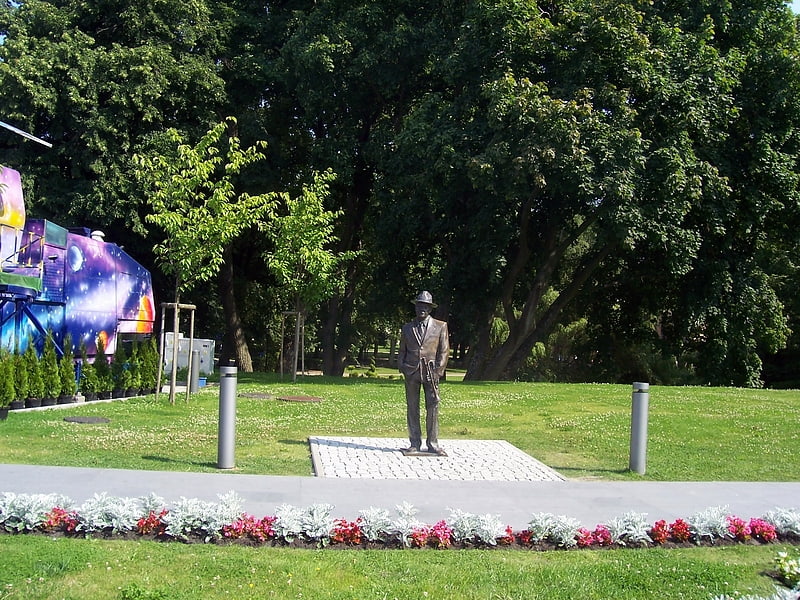
Henryk Kwinto - fictional character from Juliusz Machulski's crime films: Vabank and its sequel Vabank II, or Riposte. The role was played by Jan Machulski, the director's father.
Henryk Kwinto is a bank robber and musician who is released from prison in October 1934 after a six-year imprisonment. He wants to live a law-abiding life, but after the death of his friend Tadeusz Rychlinski (Tadeusz Proć), murdered on the orders of bank owner Gustaw Kramer (Leonard Pietraszak), he decides to break in again. In the sequel, set in May 1936, Kwinto again faces Kramer, who, having escaped from Sikawa Prison, seeks revenge on him.
The character of Henryk Kwinta was modeled on the authentic pre-war Warsaw impostor Stanislaw Cichocki.
Aleja Gwiazd
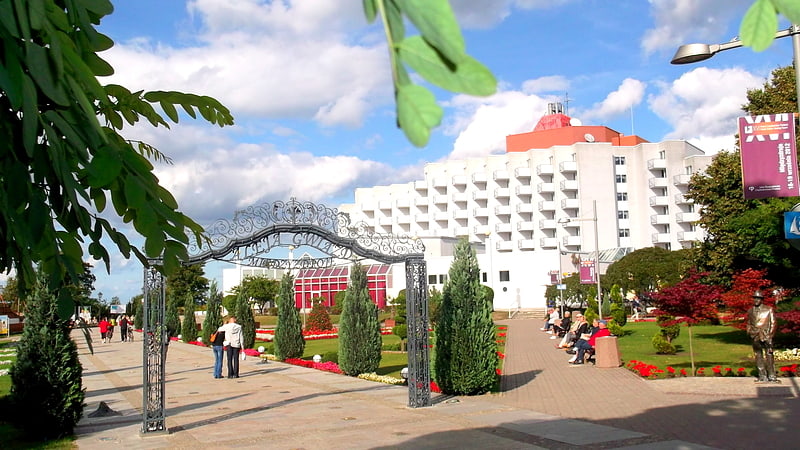
Square
Muzeum Wolińskiego Parku Narodowego
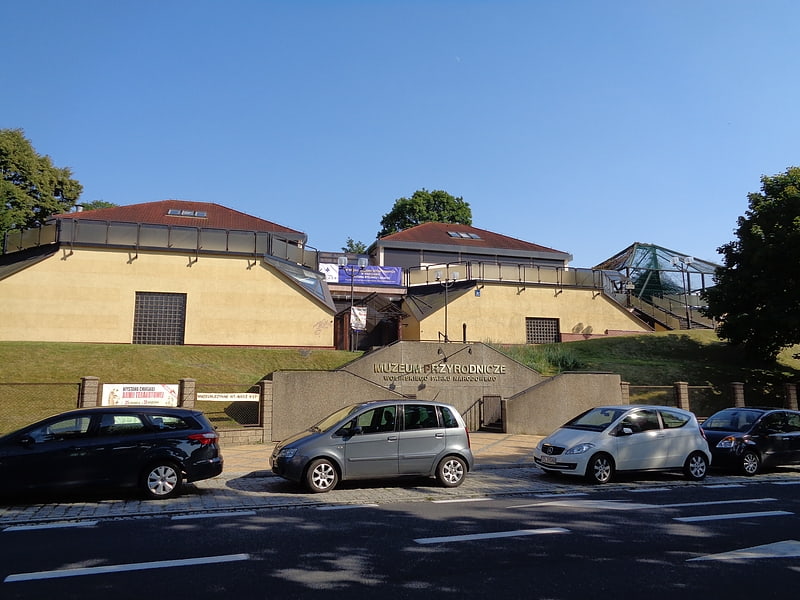
Museum
Address: Niepodległości 3, 72-500 Międzyzdroje
Bałtycki Park Miniatur
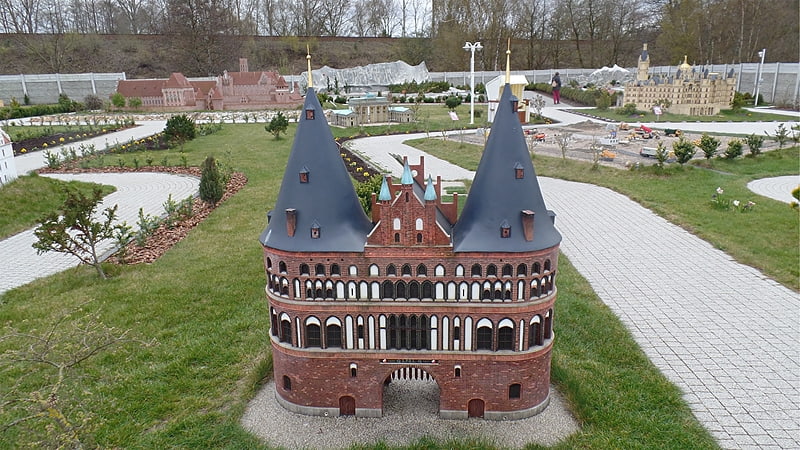
Address: Ul. Nowomyśliwska 98, Międzyzdroje
Stoliczek Krzysztofa Kolbergera
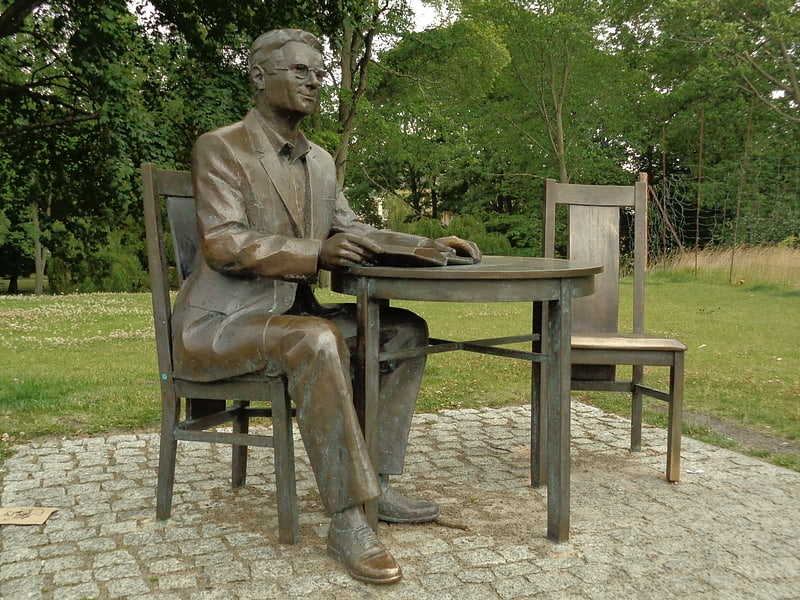
Also known as: Krzysztof Kolberger
Krzysztof Marek Kolberger was a Polish actor and theatre director. His father's surname was changed from Kohlberger in the 1950s. He had a daughter, actress Julia Kolberger, with ex-wife Anna Romantowska.[2]
Ławeczka Gustawa Holoubka
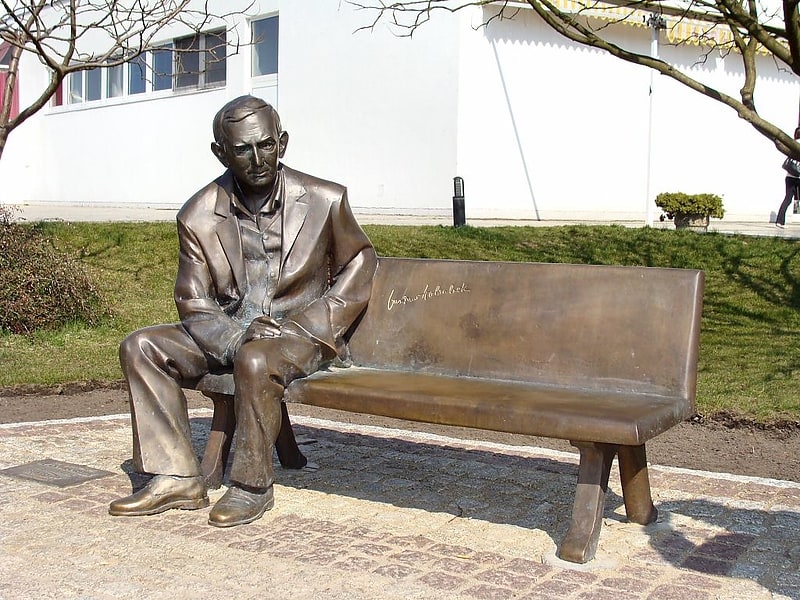
Gustaw Holoubek bench - a memorial bench in Międzyzdroje, the work of sculptor Michał Selerowski, a graduate of the Warsaw Academy of Fine Arts, and author of two other benches: Hanka Bielicka in Łomża and Dr. Józef Psarski in Ostrołęka.
It was unveiled on July 3, 2008, in the presence of the actor's wife, Magdalena Zawadzka, and his son, Jan Holoubek. It depicts the actor sitting on a bench and reaching for a cigarette.